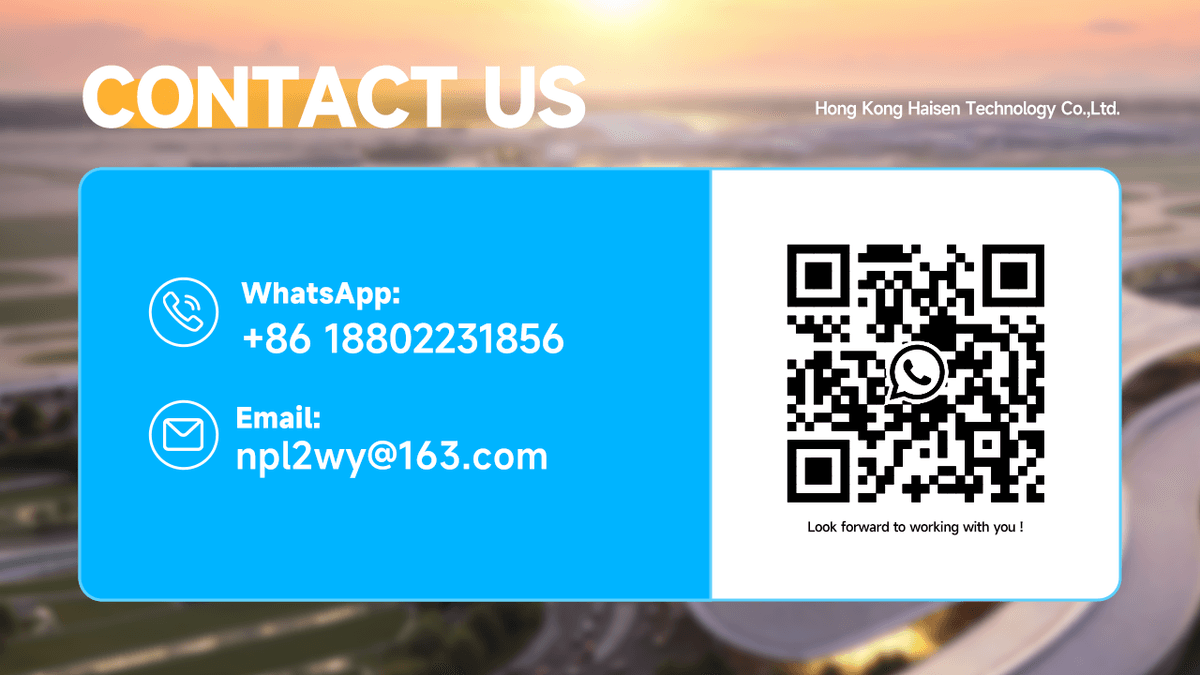In the intricate world of aviation, Runway Visual Range (RVR) stands as a critical parameter that significantly influences flight operations. RVR, defined as the distance a pilot can see along the runway from the cockpit, plays a pivotal role in ensuring the safety and efficiency of takeoffs, landings, and taxiing. This comprehensive guide delves deep into the nuances of RVR in aviation, exploring its measurement, significance, and impact on various aspects of flight.
Understanding RVR: The Basics
RVR is not just a simple measure of visibility; it is a highly specialized metric tailored to the needs of aviation. It specifically pertains to the visibility conditions along the runway, providing pilots with crucial information about the distance they can expect to see the runway surface markings and lights. This is distinct from general visibility, which may be affected by factors such as haze, fog, or precipitation across a broader area.
The concept of RVR is essential because it directly impacts the decision - making process during flight. Pilots rely on accurate RVR data to determine whether it is safe to take off, land, or continue an approach. For example, in low - visibility conditions, a pilot might decide to abort a landing if the RVR falls below the minimum required for the specific aircraft and runway configuration.
Measurement of RVR
Instrumentation Involved
RVR is measured using sophisticated instruments known as transmissometers. These devices work on the principle of measuring the attenuation of light as it travels through the atmosphere. A transmissometer typically consists of a light source and a receiver. The light source emits a beam of light, which is then detected by the receiver. The amount of light that reaches the receiver is compared to the amount that was initially emitted. Based on this comparison, the transmissometer calculates the RVR value.
There are two main types of transmissometers used in aviation: forward - scatter transmissometers and back - scatter transmissometers. Forward - scatter transmissometers measure the light that is scattered in the forward direction by particles in the atmosphere. Back - scatter transmissometers, on the other hand, measure the light that is scattered back towards the source. Each type has its own advantages and is used in different scenarios depending on factors such as cost, installation requirements, and accuracy needs.
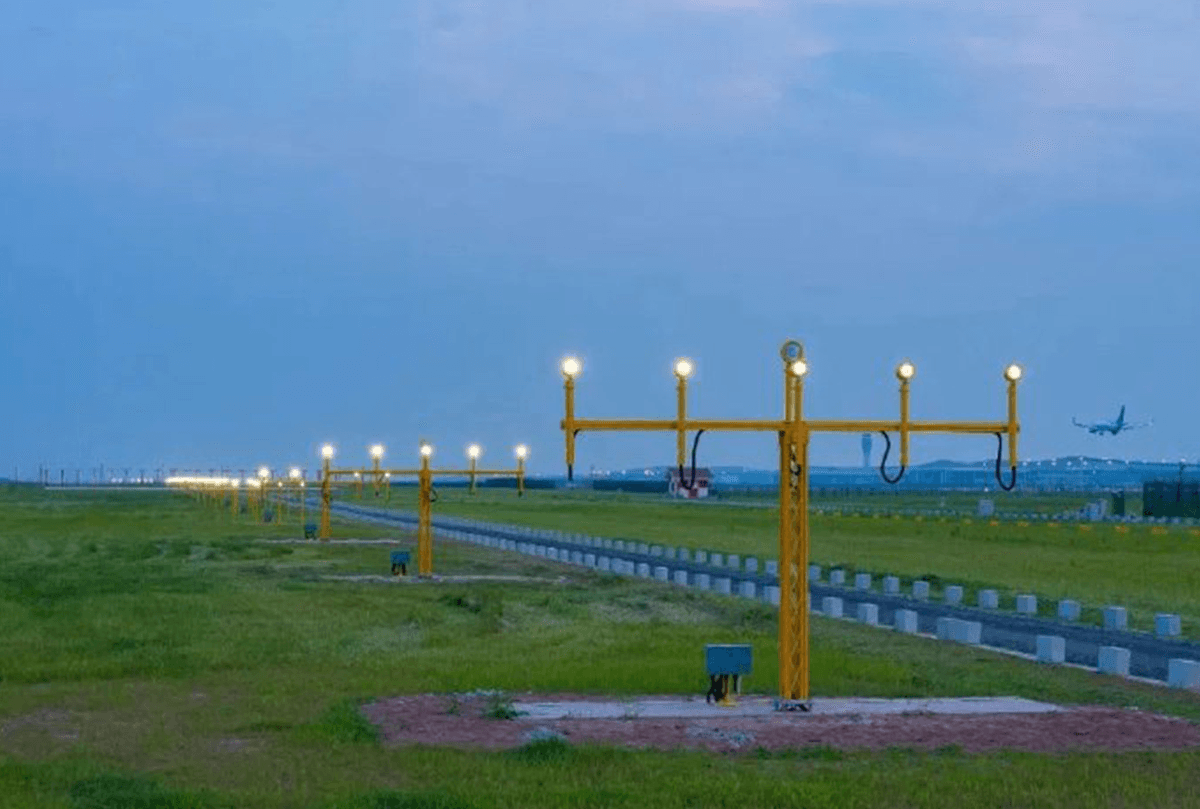
Placement of RVR Measuring Stations
To obtain accurate RVR measurements, multiple measuring stations are strategically placed along the runway. These stations are typically located at the touchdown zone (TDZ), mid - point, and stop - end of the runway. The TDZ RVR is of particular importance as it provides information about the visibility conditions at the point where the aircraft touches down. The mid - point RVR gives an indication of the visibility along the middle part of the runway, while the stop - end RVR is relevant for the area where the aircraft comes to a stop after landing.
The placement of these stations is carefully planned to ensure that they cover the entire length of the runway and provide representative RVR values. In some cases, additional stations may be installed in areas where there are known to be significant variations in visibility, such as near bodies of water or in areas with complex terrain.
Calibration and Accuracy
Ensuring the accuracy of RVR measurements is of utmost importance. Transmissometers need to be regularly calibrated to maintain their precision. Calibration involves adjusting the instrument to ensure that it provides accurate readings of the light attenuation in the atmosphere. This is typically done using reference standards that are traceable to international standards.
Factors such as temperature, humidity, and the presence of pollutants in the air can affect the accuracy of RVR measurements. To account for these factors, modern transmissometers are equipped with sensors that can measure these environmental parameters and make appropriate corrections to the RVR readings. Additionally, regular maintenance and inspection of the transmissometers are carried out to ensure that they are in proper working order.
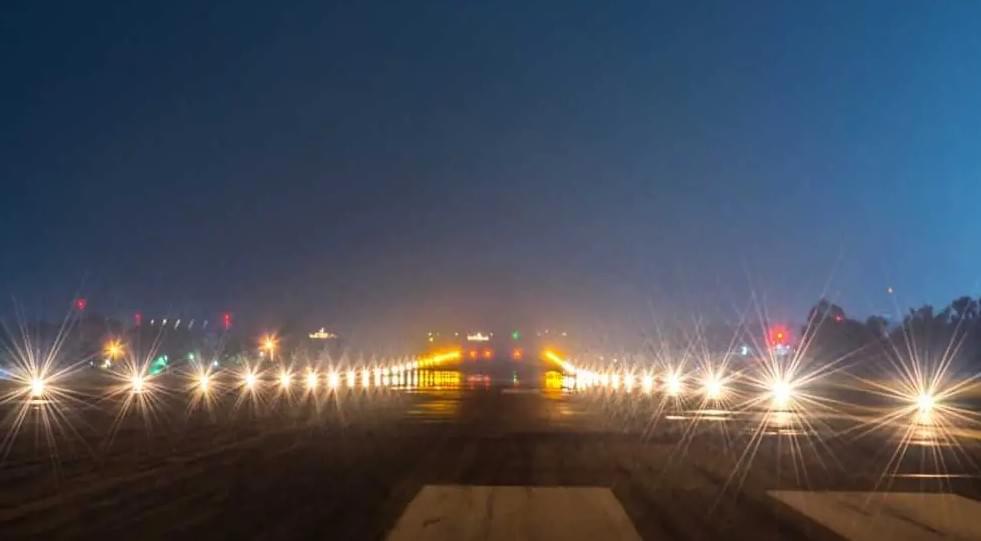
Significance of RVR in Different Phases of Flight
Takeoff
During takeoff, RVR is a critical factor in determining whether the aircraft can safely depart. Pilots rely on the RVR value to assess the visibility of the runway ahead. If the RVR is below the minimum takeoff requirements for the aircraft type and the airport, the takeoff may be delayed or cancelled.
For example, in many commercial aircraft, the minimum takeoff RVR may be specified as 500 meters or more, depending on factors such as the aircraft's equipment, the runway's lighting system, and the presence of other navigational aids. In low - visibility conditions, pilots may also rely on additional equipment such as Head - Up Displays (HUDs) to enhance their visibility and situational awareness during takeoff.
Landing
Landing is perhaps the most critical phase of flight, and RVR plays a crucial role in ensuring a safe touchdown. Pilots use the RVR information to judge the distance to the runway, the alignment of the aircraft with the runway centerline, and the height at which to initiate the landing flare.
In instrument - landing system (ILS) approaches, specific RVR minima are defined for different categories of approaches. For a Category I ILS approach, the minimum RVR may be around 800 meters, while for a more precise Category III approach, the RVR minima can be as low as 200 meters or even lower in some cases. If the RVR falls below the specified minimum for the approach category, the pilot may be required to execute a missed approach and go around for another attempt.
Taxiing
Even during taxiing, RVR can have an impact on flight operations. In low - visibility conditions, pilots need to be able to see the runway markings, taxiway signs, and other aircraft to navigate safely on the ground. RVR information can help ground controllers and pilots make decisions about the speed at which to taxi and the routes to take to avoid collisions.
Some airports have implemented enhanced ground - movement guidance and control systems (A - SMGCS) that use RVR data, along with other sensors and technologies, to provide real - time guidance to pilots during taxiing. These systems can help improve the safety and efficiency of ground operations in low - visibility conditions.
RVR and Aviation Regulations
ICAO Standards
The International Civil Aviation Organization (ICAO) sets global standards for RVR in aviation. These standards cover aspects such as the minimum RVR requirements for different types of approaches, the installation and calibration of RVR measuring equipment, and the reporting of RVR values.
ICAO's standards are designed to ensure consistency and safety in aviation operations worldwide. For example, ICAO defines the RVR minima for different categories of instrument approaches, which are used by airlines and airports around the world as a basis for their own operational procedures. Adhering to these standards helps to minimize the risk of accidents and incidents related to low - visibility conditions.
FAA Regulations in the United States
In the United States, the Federal Aviation Administration (FAA) has its own set of regulations regarding RVR. The FAA's regulations are in line with ICAO standards but may also include additional requirements specific to the US aviation system.
The FAA mandates that airports must have RVR measuring equipment installed and operational to support instrument approaches. Airlines operating in the US are required to comply with the FAA's RVR - related regulations, which include training requirements for pilots to operate in low - RVR conditions, as well as procedures for handling RVR - related emergencies.
Other National and Regional Aviation Authorities
Other national and regional aviation authorities also have their own regulations regarding RVR. These regulations are often based on ICAO standards but may be tailored to the specific geographical, climatic, and operational characteristics of the region.
For example, in some regions with frequent fog or low - visibility conditions, aviation authorities may have more stringent RVR requirements or additional safety measures in place. These regulations help to ensure the safety of flight operations within the jurisdiction of the respective aviation authorities.
Impact of RVR on Flight Operations
Delays and Cancellations
Low RVR values can lead to significant delays and cancellations in flight operations. When the RVR falls below the minimum requirements for takeoff or landing, airlines may choose to delay flights until the visibility improves or cancel them altogether.
These delays and cancellations can have a cascading effect on the entire aviation system, affecting passengers, airlines, and airports. Passengers may experience inconvenience, missed connections, and additional costs. Airlines may face financial losses due to increased fuel consumption, crew overtime, and rebooking fees. Airports may also experience congestion and inefficiencies as they try to manage the backlog of flights.
Safety Risks
Inadequate RVR can pose significant safety risks in aviation. Pilots rely on visual cues provided by the runway and its markings to safely land and take off. In low - RVR conditions, these visual cues may be obscured, increasing the risk of misjudgment, runway incursions, and accidents.
For example, if a pilot misjudges the distance to the runway during landing due to poor RVR, the aircraft may land short or overshoot the runway. Similarly, during takeoff, if the pilot cannot clearly see the runway ahead, it may be difficult to maintain the correct alignment and speed, increasing the risk of a runway excursion.
Operational Costs
Low RVR conditions can also increase the operational costs of airlines. Delays and cancellations due to low RVR require additional resources such as fuel, crew, and maintenance. Airlines may need to keep aircraft on the ground for longer periods, consuming fuel while waiting for the RVR to improve.
In addition, operating in low - RVR conditions may require additional training for pilots and ground crew, as well as the use of more advanced equipment and technologies to enhance safety. These factors contribute to higher operational costs for airlines.
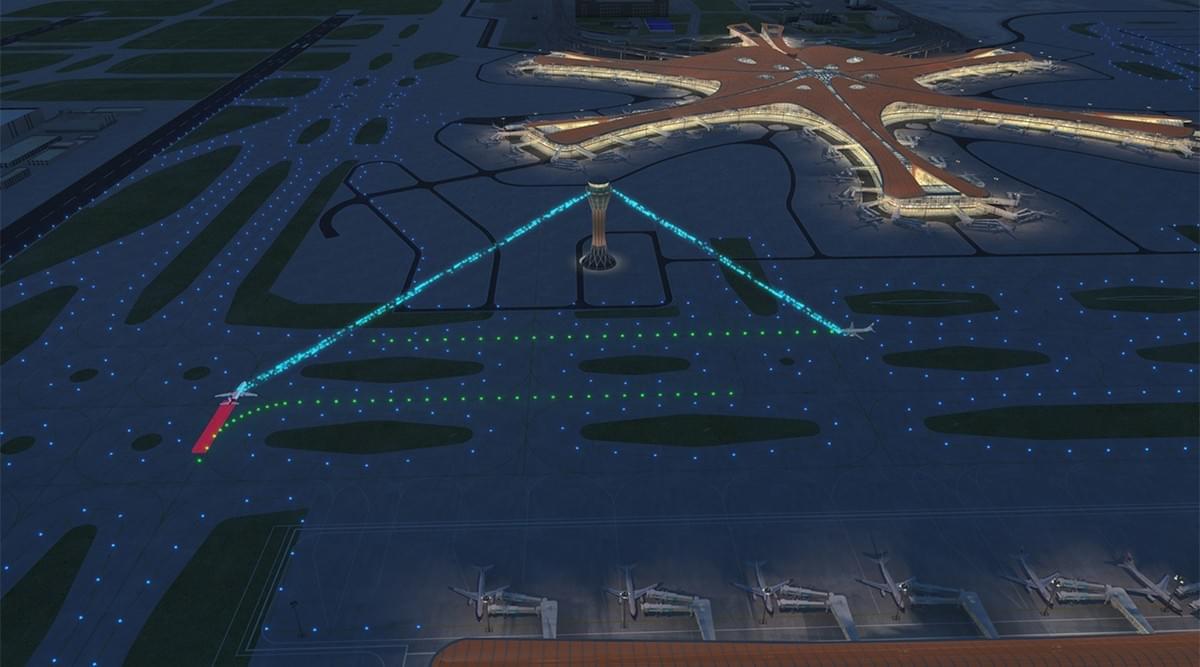
Advancements in RVR Measurement Technology
The aviation industry is constantly evolving, and new technologies are being developed to improve RVR measurement. For example, some new transmissometers are now equipped with advanced algorithms that can more accurately account for the effects of different weather conditions on visibility.
There are also efforts to develop remote - sensing technologies for RVR measurement. These technologies could potentially provide more comprehensive and real - time RVR data, covering a larger area of the airport and its surroundings. Such advancements in RVR measurement technology can lead to more accurate and reliable RVR information for pilots and ground controllers.
Enhanced Pilot Training for Low - RVR Operations
To improve safety in low - RVR conditions, airlines are increasingly focusing on enhanced pilot training. Pilots are now being trained to use advanced navigation and landing systems in low - visibility situations.
Simulator training is also playing a crucial role in preparing pilots for low - RVR operations. In simulators, pilots can practice various scenarios with different RVR values, learning how to respond to changing visibility conditions and make critical decisions during takeoff, landing, and taxiing. This type of training helps to improve pilots' skills and confidence in operating in low - RVR environments.
Upgrading Airport Infrastructure for Better RVR Management
Airports are also taking steps to upgrade their infrastructure to better manage RVR - related operations. This includes improving runway lighting systems to enhance visibility in low - RVR conditions. For example, some airports are installing high - intensity runway lights that can penetrate fog and other low - visibility weather.
Airports are also investing in advanced ground - movement guidance and control systems (A - SMGCS) that use RVR data to provide real - time guidance to pilots during taxiing. These systems can help reduce the risk of collisions and improve the efficiency of ground operations in low - RVR conditions.
RVR in Different Weather Conditions
Fog and Mist
Fog and mist are among the most common weather conditions that can significantly reduce RVR. In foggy or misty conditions, water droplets in the air scatter and absorb light, reducing the amount of light that reaches the pilot's eyes. This can make it difficult for pilots to see the runway markings and lights.
To mitigate the effects of fog and mist on RVR, airports may use fog - dispersal techniques in some cases. These techniques can include the use of chemicals to evaporate the fog or the use of large fans to disperse the fog. However, these techniques are often limited in their effectiveness and may not be applicable in all situations.
Rain and Snow
Rain and snow can also impact RVR. Raindrops and snowflakes can scatter light, reducing visibility along the runway. In heavy rain or snow, the runway surface may also become wet or slippery, which can further affect the safety of takeoffs and landings.
Airports typically have procedures in place to manage rain and snow - related RVR issues. This may include increasing the frequency of runway inspections to ensure that the runway surface is safe, as well as adjusting the RVR minima based on the intensity of the rain or snow.
Haze and Smoke
Haze and smoke can also cause a reduction in RVR. Haze is typically caused by the presence of fine particles in the air, such as dust or pollutants. Smoke can be generated by wildfires, industrial activities, or other sources.
In areas with high levels of haze or smoke, airports may need to implement special procedures to ensure the safety of flight operations. This may include reducing the RVR minima, increasing the use of navigational aids, and providing additional information to pilots about the visibility conditions.
Case Studies of RVR - Related Incidents and Their Lessons
Incident 1: Runway Incursion Due to Low RVR
In a particular incident at an airport, a low - RVR condition led to a runway incursion. A pilot, while taxiing in foggy conditions with a low RVR value, misinterpreted the runway markings and entered a runway where another aircraft was about to take off. Fortunately, the ground controller noticed the situation in time and was able to prevent a collision.
This incident highlights the importance of accurate RVR information and proper training for pilots in low - RVR conditions. It also emphasizes the need for airports to have effective ground - movement guidance and control systems in place to prevent runway incursions in low - visibility situations.
Incident 2: Missed Approach Due to Inaccurate RVR Reporting
In another case, a pilot was conducting an instrument approach to an airport. The reported RVR value was higher than the actual visibility conditions. As a result, the pilot continued the approach, believing that the visibility was sufficient for landing. However, as the aircraft got closer to the runway, the pilot realized that the RVR was much lower than expected and was forced to execute a missed approach.
This incident underscores the critical importance of accurate RVR reporting. Airports and weather - reporting agencies must ensure that the RVR values provided to pilots are reliable and up - to - date. Any inaccuracies in RVR reporting can have serious consequences for flight safety.
Lessons Learned from These Incidents
From these and other RVR - related incidents, several key lessons can be learned. First, accurate RVR measurement and reporting are essential for safe flight operations. Second, pilots need to be well - trained in handling low - RVR conditions and should always exercise caution when operating in low - visibility situations. Third, airports should invest in advanced technologies and procedures to improve ground - movement safety in low - RVR conditions.
Future Trends in RVR in Aviation
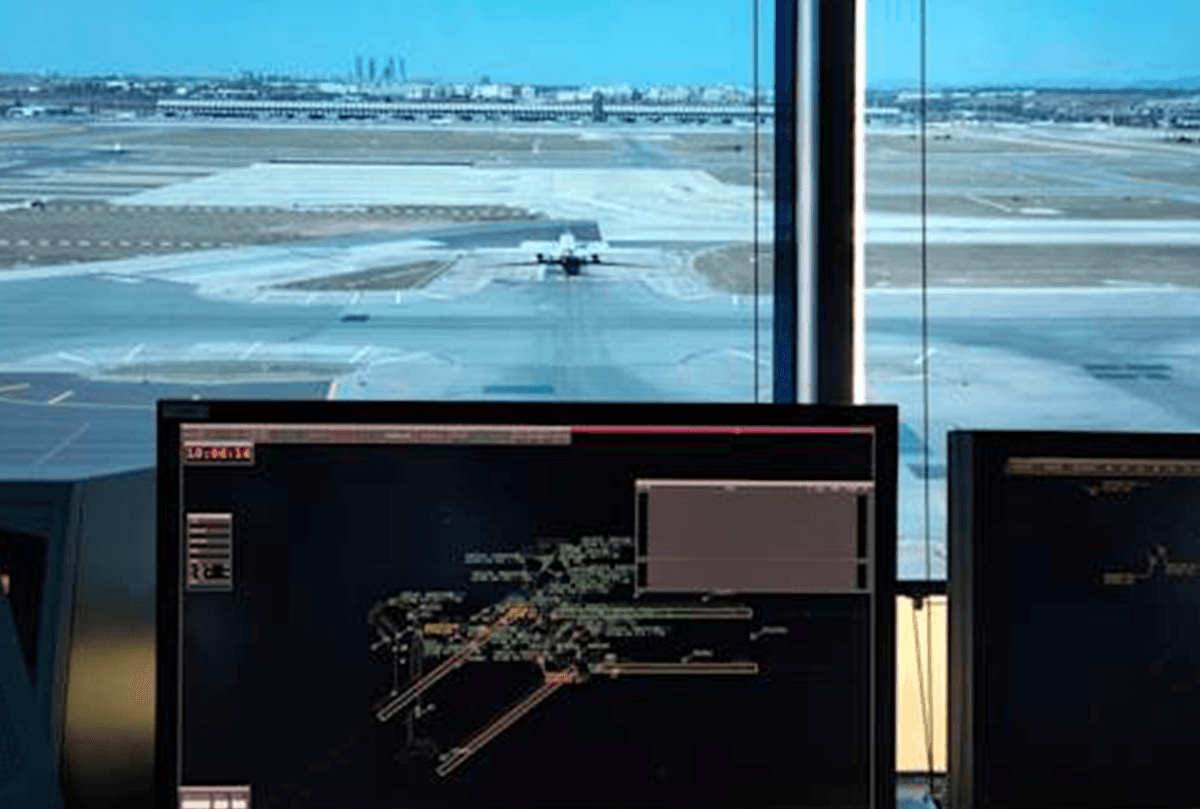
In the future, we can expect to see greater integration of RVR data with advanced navigation systems. For example, RVR information could be integrated with Global Navigation Satellite Systems (GNSS) and other precision navigation technologies to provide more accurate and reliable guidance to pilots in low - visibility conditions.
This integration could also enable the development of new types of approach and landing procedures that are more tailored to the specific RVR conditions at an airport. For example, aircraft could be able to automatically adjust their approach speed and trajectory based on real - time RVR data.
Development of New RVR - Related Standards and Guidelines
As technology advances and our understanding of RVR improves, new standards and guidelines are likely to be developed. These standards may cover aspects such as the use of new RVR measurement technologies, the minimum RVR requirements for different types of aircraft and operations, and the training and certification of pilots for low - RVR operations.
The development of these new standards and guidelines will help to ensure that the aviation industry continues to operate safely and efficiently in low - RVR conditions.
Increased Focus on RVR - Related Research
There is also likely to be an increased focus on RVR - related research in the coming years. This research could explore new ways to measure RVR more accurately, develop better methods for predicting changes in RVR, and improve the safety of flight operations in low - RVR conditions.
Research could also focus on the development of new technologies and procedures to mitigate the effects of low RVR on flight operations, such as the use of augmented reality or virtual reality to enhance pilots' visibility in low - visibility situations.
In conclusion, Runway Visual Range (RVR) is an integral part of aviation operations. It plays a crucial role in ensuring the safety and efficiency of takeoffs, landings, and taxiing. Understanding RVR, its measurement, significance, and impact on flight operations is essential for all stakeholders in the aviation industry, including pilots, airlines, airports, and aviation authorities. By investing in advancements in RVR - related technologies, training, and infrastructure, the aviation industry can continue to improve safety and performance in low - visibility conditions, ultimately benefiting passengers and the global economy.
